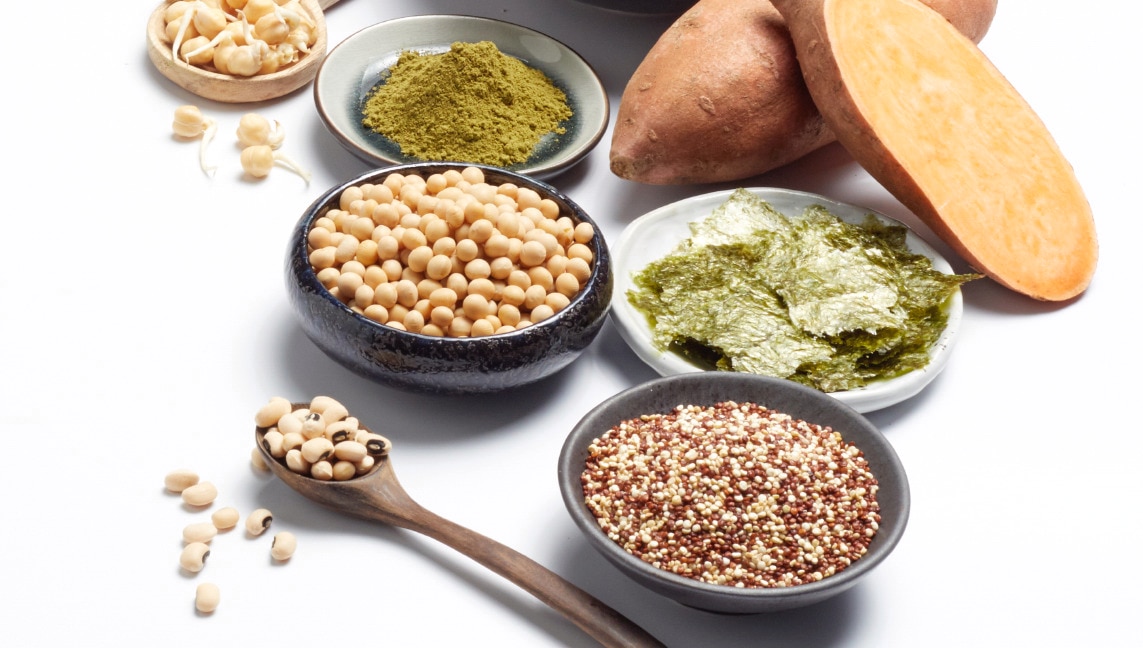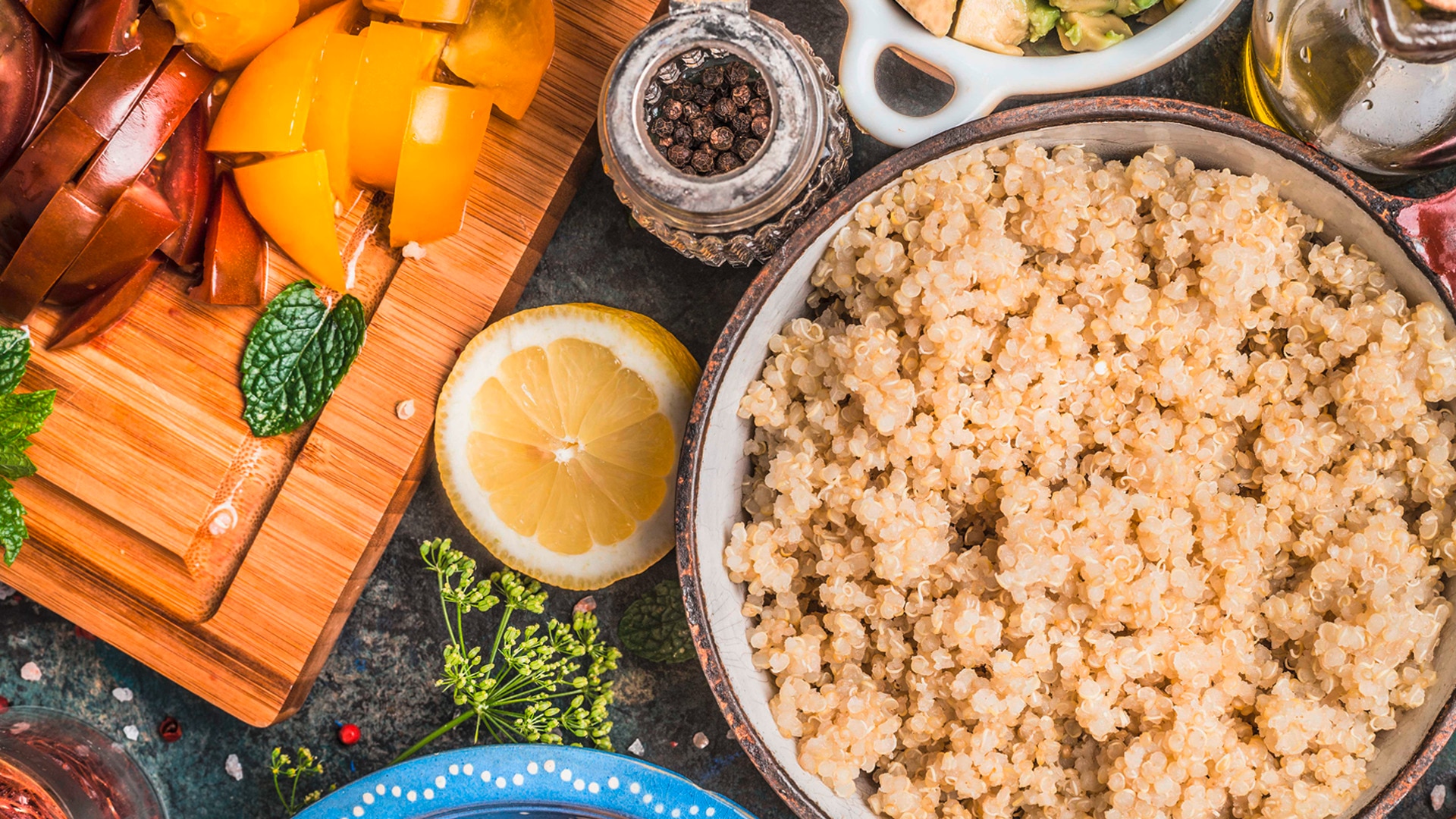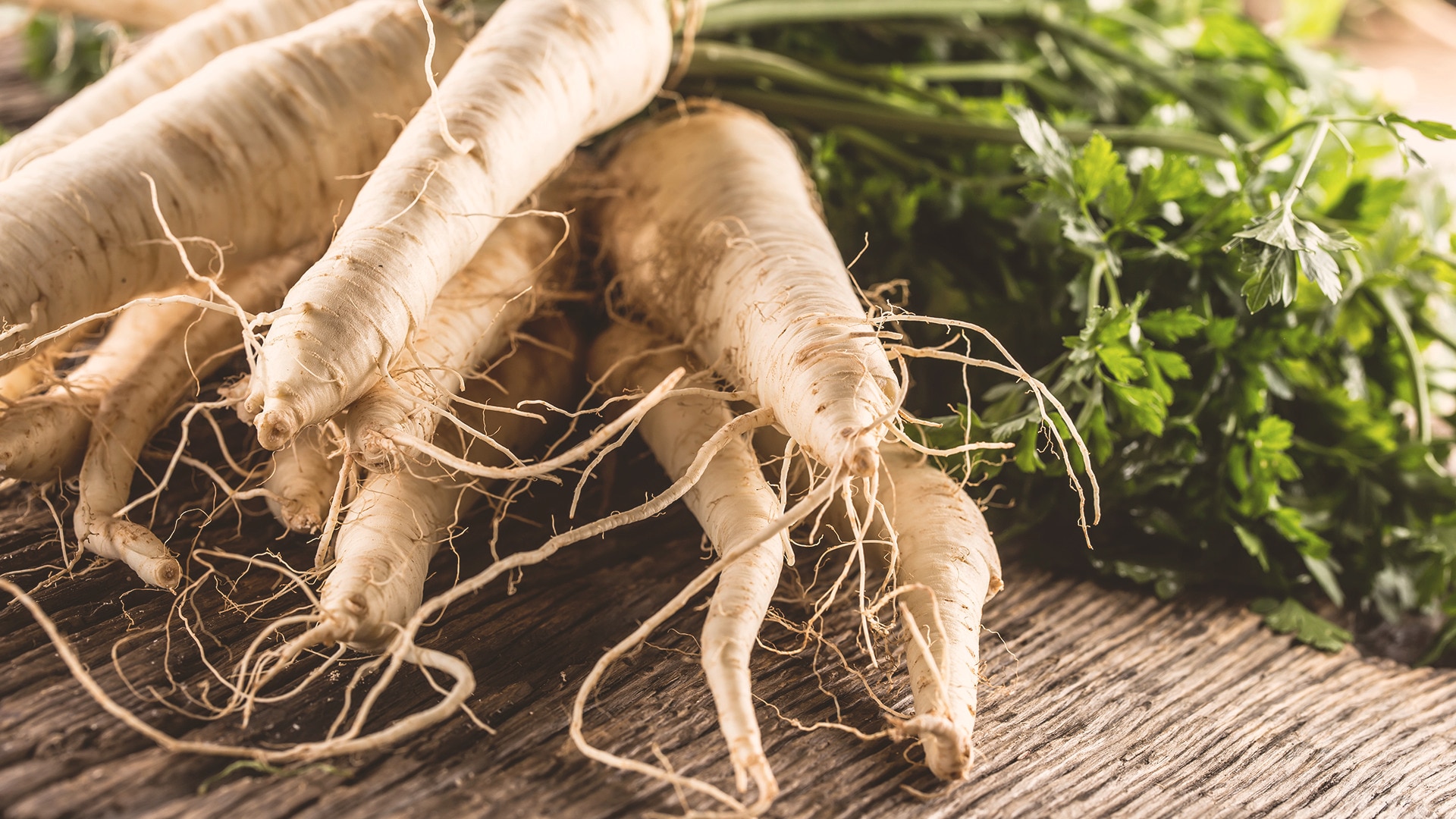Skip to:
Most of us might believe it’s our energy or transport choices that cause the most serious environmental damage. In fact, it’s our food system that creates the biggest impact.
The population of our world is growing, and may reach almost 10 billion people by 2050[1]. In an effort to ensure there are enough resources for all of us, as well as future generations, we need to look for new ways to adapt to a changing planet. The good news is that many of us, both as individuals and communities, are deeply committed to making a positive impact. Our efforts range from simple changes in daily habits, such as carrying reusable bags and water bottles, to high-tech initiatives designed to reduce large scale energy consumption.
One significant area that is in need of a revolution is our global food system. What does that have to do with what’s on your plate? More than you may think!
How Our Food Choices Impact The Environment
In general, humans are creatures of habit and our food choices reflect that. As a case in point, just 3 foods - wheat, rice, and maize - comprise 60% of our plant-based intake[1]. Why does it matter if we depend on a small assortment of staple foods? Because the way our food is grown has a significant influence on our environment and on our global food supply. In order to meet the demand for the narrow range of foods that people are eating farmers plant the same crops over and over - a practice called monoculture farming.
Similar to the way your body needs a range of different foods for optimal nutrition, land is healthiest when it grows a variety of foods. Monoculture farming can deplete nutrients from the soil, which threatens the growth of those foods we depend so heavily upon. Adding some of these delicious, nutritious foods to your plate is a small change that can have a big impact!
Some of the Future 50 Foods may be new to you, and that is exciting not only for your palate, but also for the planet. Eating less common varieties of grains, such as spelt, fonio or teff, or vegetables like okra, moringa, and nopales, can influence our farmers to increase the variety of crops they grow, which can make the food system more resilient. Here are some tips for incorporating them into your meals:
- Practice Plant Power Approximately 60% of agricultural greenhouse gas emissions can be attributed to the production of animal products. Try swapping in beans and pulses, such as black turtle beans and lentils, in place of meat in stew or casserole recipes.
- Go Grain There is an incredibly diverse range of grains beyond rice and wheat! Try gluten-free, high-protein buckwheat cooked with milk and fruit for a warm, filling breakfast or use nutty-tasting amaranth for an ancient grain spin on your next risotto.
- Vary Your Veggies Did you know we have discovered over 20,000 edible plants, but we only consume 150 to 200 on a regular basis? Let’s catch up! Trade your usual tomato for a sweeter and less acidic orange tomato or use vitamin-rich beet greens in your next sauté or salad.
United Nations, Department of Economic and Social Affairs, Population Division (2015). World Population Prospects: The 2015 Revision, Key Findings and Advance Tables. Working Paper No. ESA/P/WP.241
Food and Agriculture Organization of the United Nations. What is agrobiodiversity? Fact sheet [in English]. [ONLINE] Available at: http:/www.fao.org/docrep/007/y5609e/y5609e01.htm#bm1 [Last accessed November 2018]. FAOSTAT data available at: http:/www.fao.org/faostat/en/#data/QC[Last accessed November 2018]
Revamp Your Recipes
Get inspiration with tempting recipes from Knorr that focus on the Future 50 Foods.
Learn more about the Future 50 Foods!
Use the link below to download the full Future 50 Foods report.





